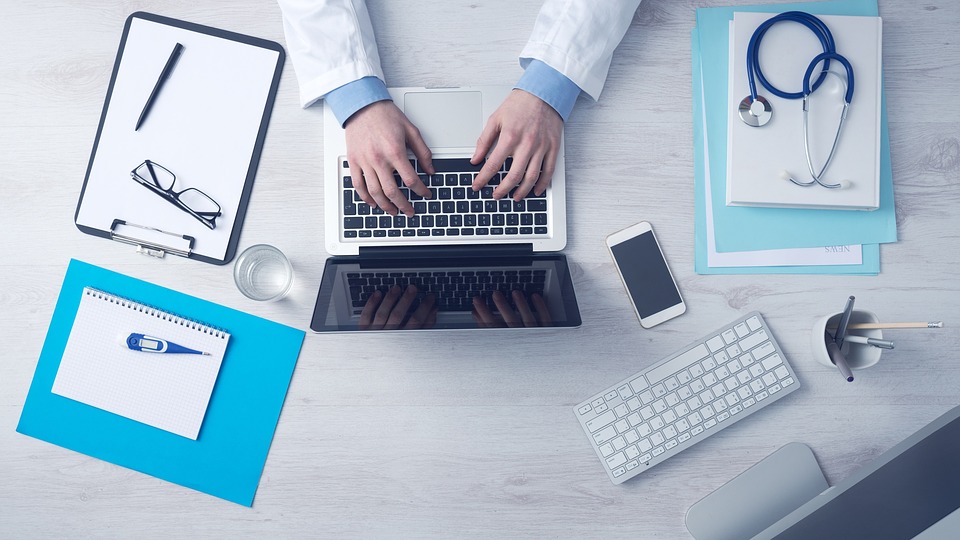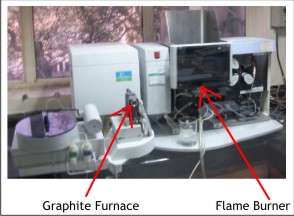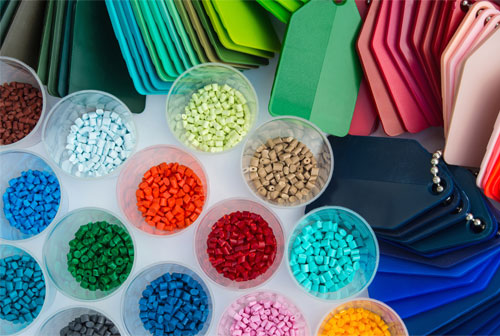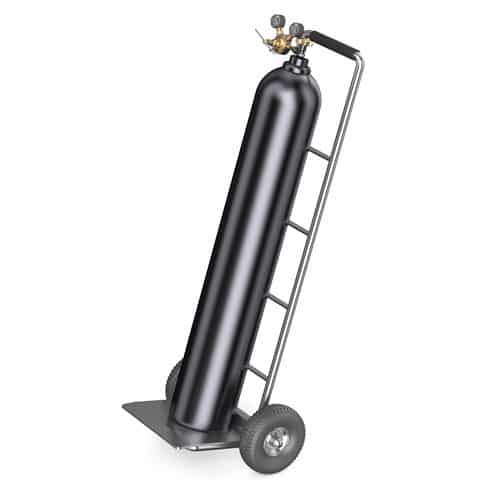Air or Nitrous oxide – which is the right oxidant gas for Flame Atomic Absorption Spectroscopy analysis?


Flame Atomic Absorption Spectroscopy requires an oxidant gas in addition to fuel gas to support combustion.The two gases which are commonly used as oxidants are air and nitrous oxide. Have you ever wondered as to what considerations help you decide between the two gases and why pure oxygen is never recommended.
Read on the to get answers to such questions.
Flame Atomization Process
It is primarily important to understand the atomization process taking place in the flame on sample introduction. Most of you will remember the simple flame test you carried out in your school labs for identification of alkali and alkaline earth metal salts. The salts on introduction into the Bunsen flame produced characteristic colours such as Na – yellow, Ca-Brick red, Ba – green, etc. The same principle has been applied to both qualitative and quantitative estimation of about 35 elements of the periodic table using Atomic Absorption Spectrometer. The solution containing the element of interest is introduced into the flame along with the fuel and oxidant gas mixture in a pre-determined proportion.
The sample enters the flame as minute liquid droplets. Due to the high temperature of the flame the solvent evaporates first and solid salt or crystals remain. The solids melt instantaneously and molecular vapour is formed. Thermal dissociation of bonds results in formation of ground state atoms of the element of interest .It is these atoms that contribute to the absorption of the characteristic wavelength from the light source. The residence time of the sample within the optical beam path is extremely short, of the order of \(10^-^3\) sec and for optimum results the entire process of atomization to ground state and light absorption must be completed within this time. For most of the elements analyzed using Atomic Absorption Spectroscopy this time is sufficient for complete atomization and absorption to take place.
Choice of oxidant gases
The two commonly used gas combinations are
- Air – acetylene
- Nitrous oxide – acetylene
Air – Acetylene flames have temperatures ranging from 2150°C – 2300°C which is sufficient to break down molecules of most elements to ground state atoms during the time the sample resides in the flame. Examples of such elements which can be analyzed using this gas combination are salts of Ca, Mg, K, Na, Fe and other transition elements.
Nitrous oxide – acetylene combination
Some elements such as Ti, V, Cr, Os, Rh, Al, etc have high melting points and their oxides also dissociate at high temperatures. Such elements are referred to as refractory elements. Nitrous oxide can be used as an oxidant gas when hotter flames are required. It has no explosive hazard and temperatures in the range of 3000°C are reached.At such temperatures molecular dissociation of compounds of such elements takes place easily. At the same time it is important to realize that too high temperatures do not serve any benefit as a fraction of atoms would be ionized at such temperatures and such ionized atoms will not absorb at same wavelength as ground state atoms thereby leading to a drop in the absorption measurement.
Let us look now into the question why pure oxygen is not used as an oxidant gas. Pure oxygen is not used because the resulting flame would have a high propagation speed and this would make flashback unavoidable.
Hopefully you found the article useful for choosing the oxidant gas in Flame Atomic Absorption Spectroscopy analysis.
Please do share your views and offer comments on the article.





Hello Dear, are you really visiting this site daily, if so
after that you will definitely get pleasant experience.
I wanted to know if there is a table where I can see which blend should I use to determine various elements???
Yes .Such tables are mostly available from suppliers of AAS instruments.
what is the main difference between and air acetylene fuel and nitrous oxide fuel?
Nitrous oxide is not the fuel it is the oxidising agent used in place of Air. In both cases, acetylene is the fuel. Using nitrous oxide helps achieve higher temperatures in the flame needed for ionisation of metals.